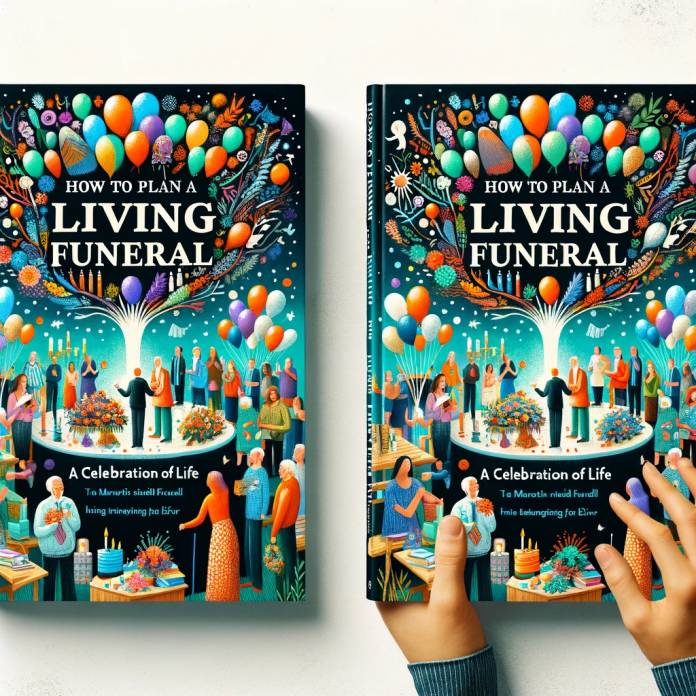Living funerals, also known as "celebrations of life," are becoming increasingly popular. These events provide an opportunity for people to celebrate their lives and share meaningful moments with loved ones while they are still alive. This guide will take you through the steps of planning a living funeral, ensuring that it is a memorable and meaningful event.
Understanding the Concept of a Living Funeral
A living funeral is a gathering where the person being celebrated is present and able to participate fully. Unlike traditional funerals, where loved ones gather to mourn the loss of a person, a living funeral is a celebration of life. It's a chance for the person to hear the kind words and see the love that people often express after they're gone.
Living funerals can be therapeutic for the person being celebrated, providing closure and a chance to say goodbye. They can also be healing for friends and family, offering a space to express their feelings and share memories.
Planning a Living Funeral
Step 1: Decide on the Type of Event
The first step in planning a living funeral is deciding what type of event you want to have. This could range from a formal ceremony to a casual gathering. The decision should be based on the person's preferences and the comfort level of the attendees.
Some people may prefer a traditional ceremony with readings, music, and speeches. Others may want a more informal gathering, like a potluck or a picnic, where people can mingle and share stories. The key is to create an environment that feels right for the person being celebrated and their loved ones.
Step 2: Choose a Location
The location of the living funeral should be a place that holds significance for the person being celebrated. This could be their home, a favorite park, a community center, or a place of worship. The location should be accessible for all attendees and have enough space to accommodate everyone comfortably.
When choosing a location, consider the atmosphere and the facilities available. If the person being celebrated has mobility issues, ensure that the venue is accessible. If the event is outdoors, have a backup plan in case of bad weather.
Step 3: Create a Guest List
The guest list for a living funeral can be as small or as large as the person wishes. It could include close family and friends, or it could extend to colleagues, neighbors, and acquaintances. The person being celebrated should have the final say on who is invited.
When creating the guest list, consider the dynamics of the group. Aim to invite people who will contribute positively to the event and respect the wishes of the person being celebrated.
Elements of a Living Funeral
Speeches and Tributes
Speeches and tributes are a key part of most living funerals. These can be delivered by the person being celebrated, family members, friends, or anyone else who wants to speak. The speeches can be prepared in advance or given impromptu during the event.
The content of the speeches can vary widely. Some people may want to share funny stories or fond memories, while others may want to express their love and appreciation. The person being celebrated may also wish to share their own thoughts and feelings.
Music and Readings
Music and readings can add depth and emotion to a living funeral. The person being celebrated may have specific songs or pieces of literature that they want to include. These can be performed live or played from a recording.
When choosing music and readings, consider the tone of the event. Some people may want uplifting, celebratory pieces, while others may prefer more reflective, poignant selections.
Memory Sharing
Memory sharing is a powerful way to celebrate a person's life. This can be done in a structured way, such as a memory book or a memory box, or it can be more informal, with people sharing stories as they come to mind.
Encourage guests to bring photos, letters, or other items that remind them of the person being celebrated. These can be displayed during the event and can serve as conversation starters.
After the Living Funeral
After the living funeral, take time to reflect on the event and the memories that were shared. This can be a healing process for both the person being celebrated and their loved ones.
Consider creating a keepsake from the event, such as a photo album or a recording of the speeches. This can serve as a lasting reminder of the love and appreciation that was expressed during the celebration.
A living funeral is a unique and meaningful way to celebrate a person's life. With careful planning and consideration, it can be a memorable event that brings comfort and closure to all involved.


-banner.png)





